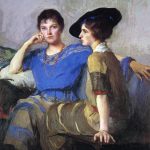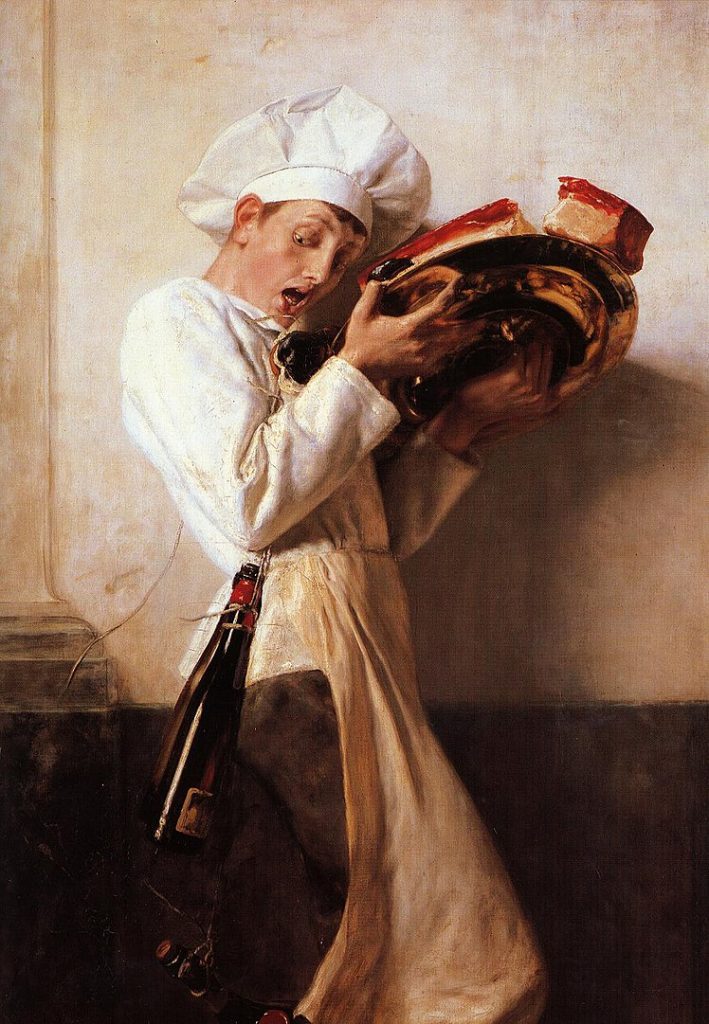
Nikolaos Gyzis, a prominent Greek painter and academic figure, was born on March 1, 1842, in the village of Sklavohori, Tinos, Greece. His life and artistic journey unfolded during a period of significant social and political change in Greece, and Gyzis emerged as a leading figure in the realm of Greek art, contributing to the country’s cultural and artistic renaissance.
Raised in a family with a strong connection to the arts, Gyzis displayed early artistic talent. At the age of 19, he moved to Athens to pursue formal art education at the School of Fine Arts. There, he studied under the guidance of distinguished Greek painters such as Nikiforos Lytras and Nikos Hatzikyriakos-Ghikas, laying the foundation for his artistic development.
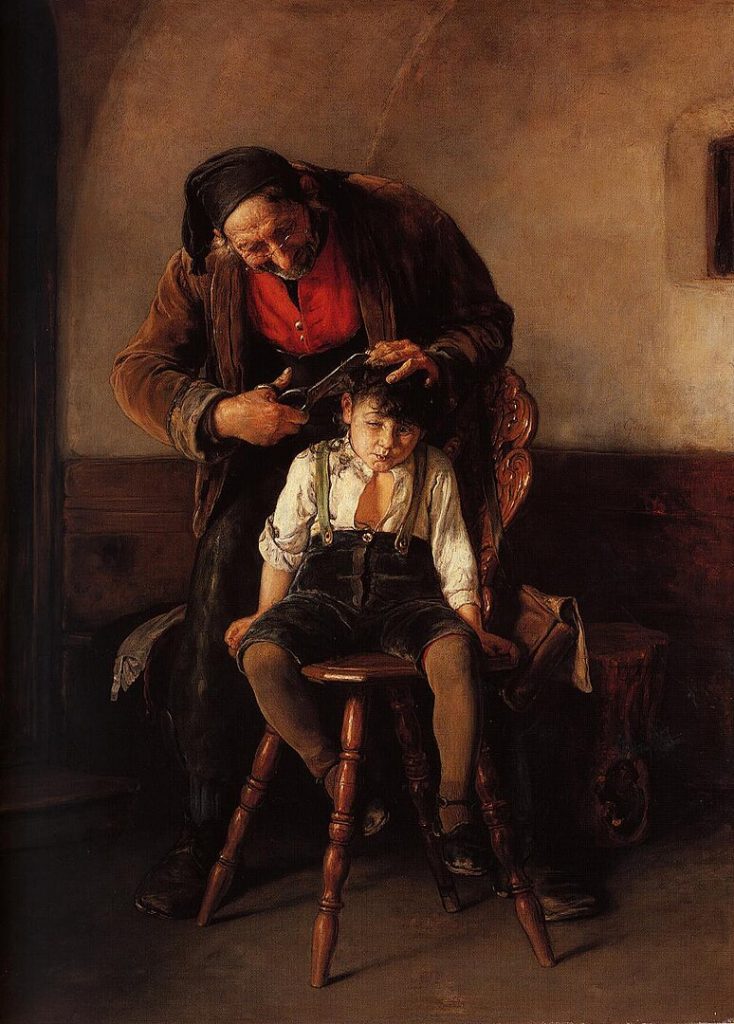
Gyzis’s early works reflected the influence of the Munich School, a German art movement that emphasized academic realism. In 1865, he left Greece to study at the Royal Academy of Fine Arts of Munich, a pivotal decision that significantly impacted his artistic style. Under the mentorship of Karl von Piloty, a renowned historical painter and academician, Gyzis refined his technical skills and embraced the academic principles that would shape his early career.
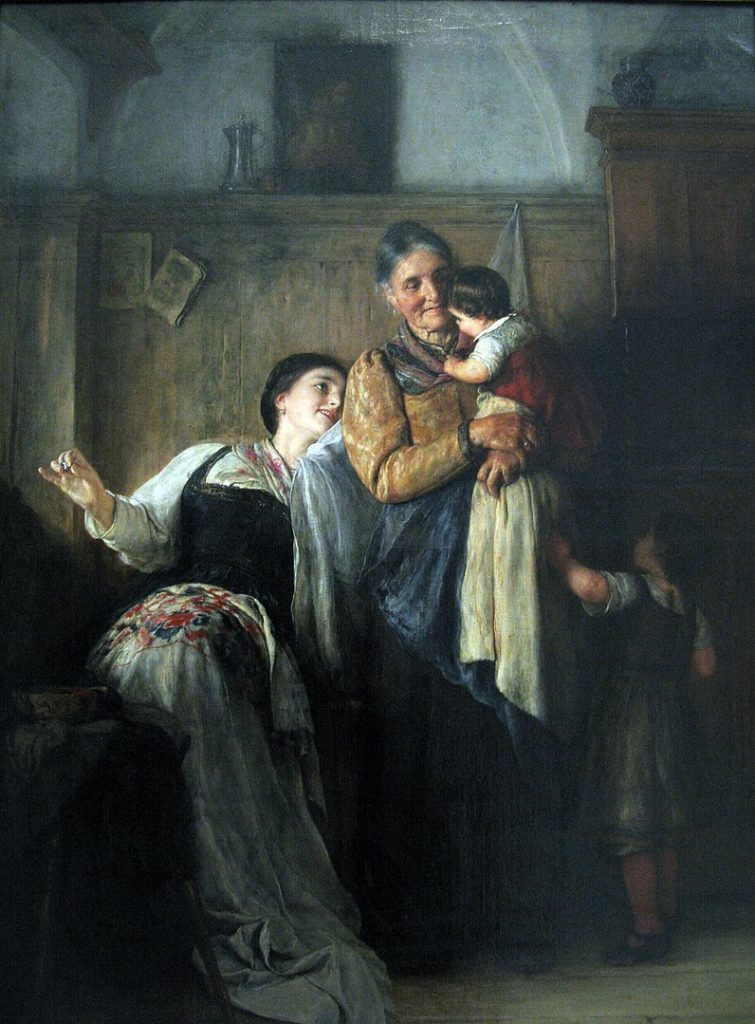
The Munich Academy provided Gyzis with exposure to various artistic currents, and he began to integrate elements of symbolism into his works. Symbolism, with its emphasis on conveying emotions and ideas through symbolic imagery, became a defining feature of Gyzis’s artistic language. This shift marked the beginning of a period of creative exploration that would set him apart from his contemporaries.
One of Gyzis’s early masterpieces, “To krifó scholió” or “The Secret School” (1885), exemplified his adept use of symbolism and his commitment to exploring themes of national identity. The painting, depicting a clandestine school operating during the Ottoman rule, carried a powerful message about the preservation of Greek culture and education in challenging times. “The Secret School” resonated with audiences, earning Gyzis widespread acclaim and establishing him as a leading figure in Greek art.
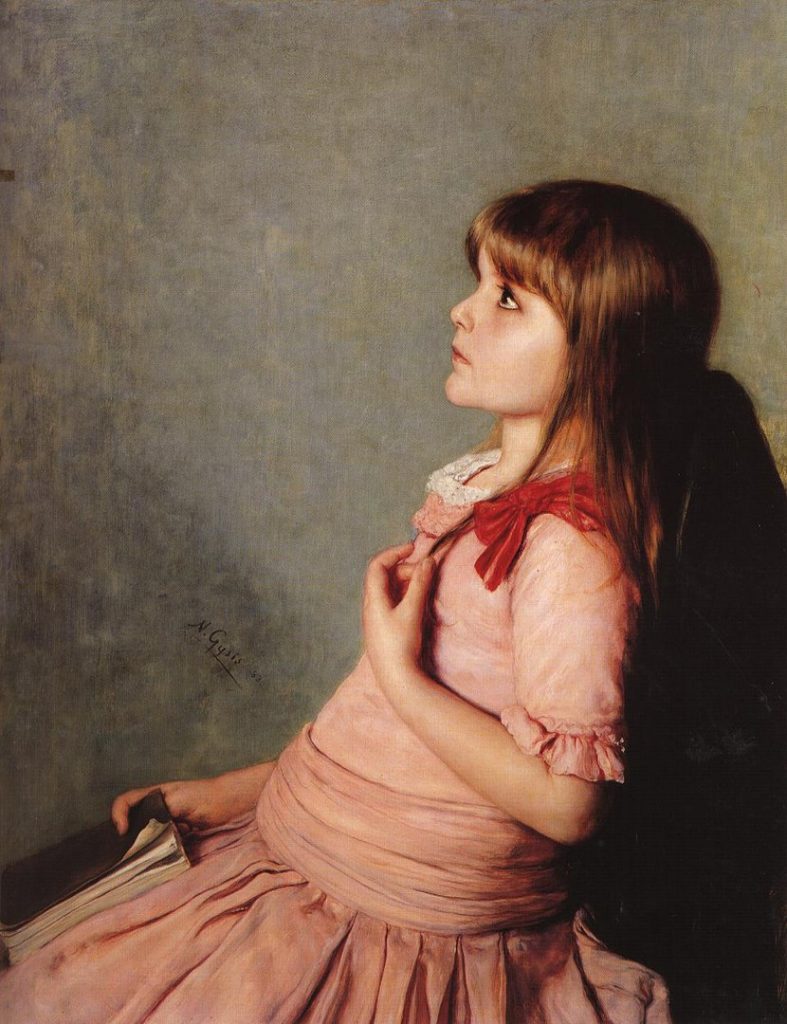
Gyzis’s return to Greece in 1886 coincided with the country’s emergence from Ottoman rule, and his art became intertwined with the national narrative. He played a key role in the visual representation of the Greek War of Independence, creating poignant and symbolically charged works that celebrated the nation’s resilience and spirit.
Throughout his career, Gyzis exhibited a remarkable ability to infuse his paintings with emotion and meaning. His use of symbolism went beyond mere aesthetics, serving as a vehicle for expressing profound ideas and sentiments. Works like “The Return of the Prodigal Son” (1890) and “The Eye of the Beholder” (1896) demonstrated his capacity to delve into universal themes of redemption, self-discovery, and the human condition.
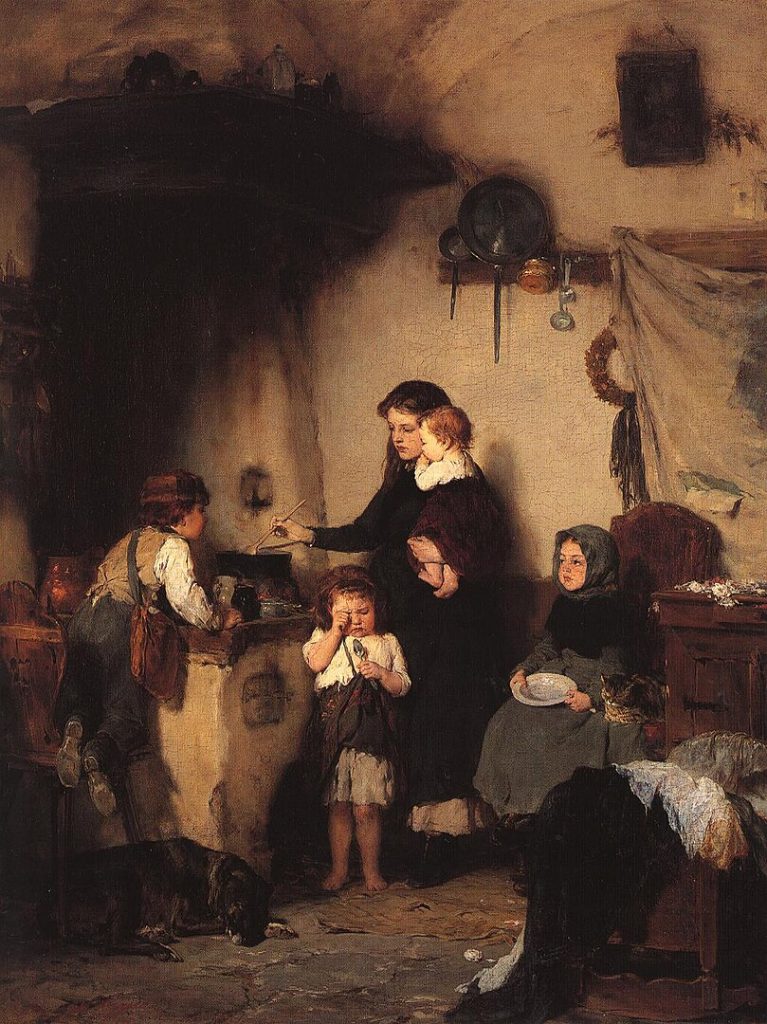
Gyzis’s artistic output extended beyond painting. He contributed to the broader cultural landscape as an illustrator and set designer. His collaborations with playwrights and poets highlighted his interdisciplinary approach to the arts. Gyzis’s illustrations for the works of prominent Greek writers, such as Alexandros Papadiamantis and Kostis Palamas, added a visual dimension to literary narratives, showcasing his ability to bridge the gap between visual and literary arts.
The academic realm also benefited from Gyzis’s expertise. In 1888, he was appointed professor at the School of Fine Arts in Athens, a position that allowed him to influence a new generation of Greek artists. Gyzis’s commitment to nurturing talent and fostering artistic development underscored his belief in the transformative power of education.
Tragically, Nikolaos Gyzis’s life was cut short at the age of 59 when he succumbed to tuberculosis on January 4, 1901. Despite his relatively brief lifespan, Gyzis left an enduring legacy in the annals of Greek art. His impact extended beyond his role as a painter; he was a cultural icon whose work reflected the spirit of a nation in transition.
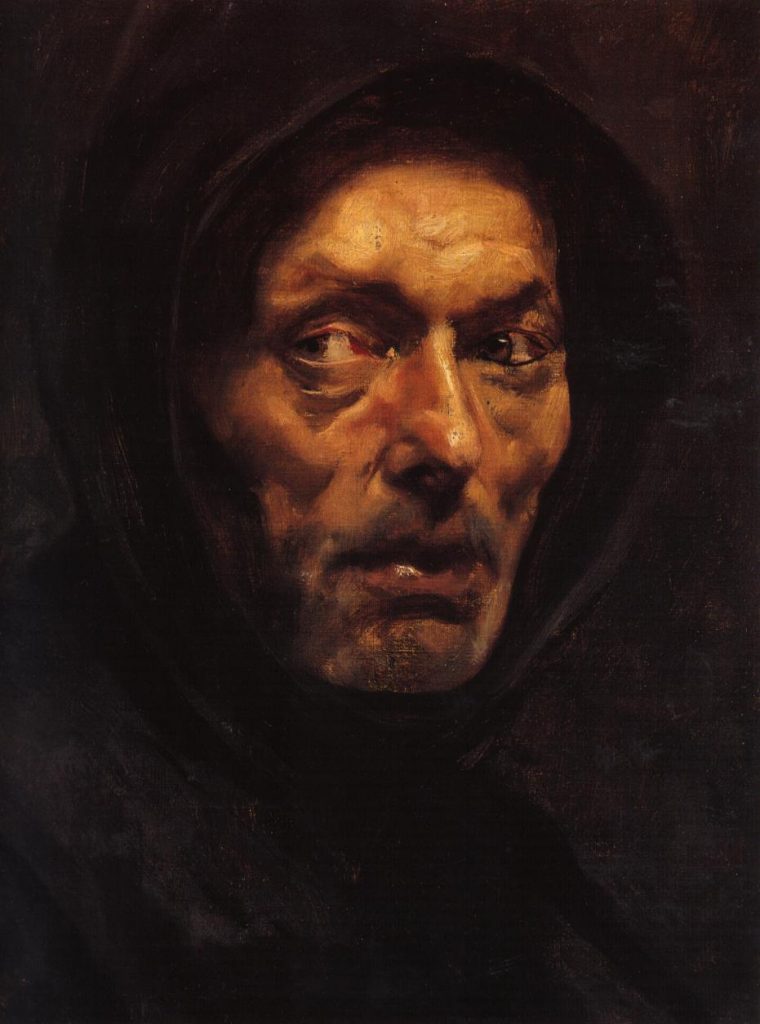
The legacy of Nikolaos Gyzis lives on in the hearts of Greeks and art enthusiasts alike. His symbolic language, infused with a deep appreciation for Greek identity and a universal exploration of human experience, transcends temporal and cultural boundaries. Gyzis’s ability to convey profound ideas through art, coupled with his dedication to education, ensures his lasting influence on the rich tapestry of Greek cultural heritage.






